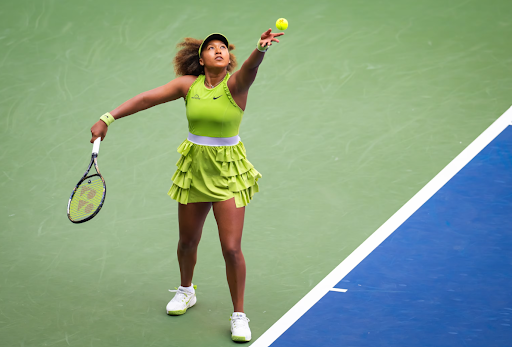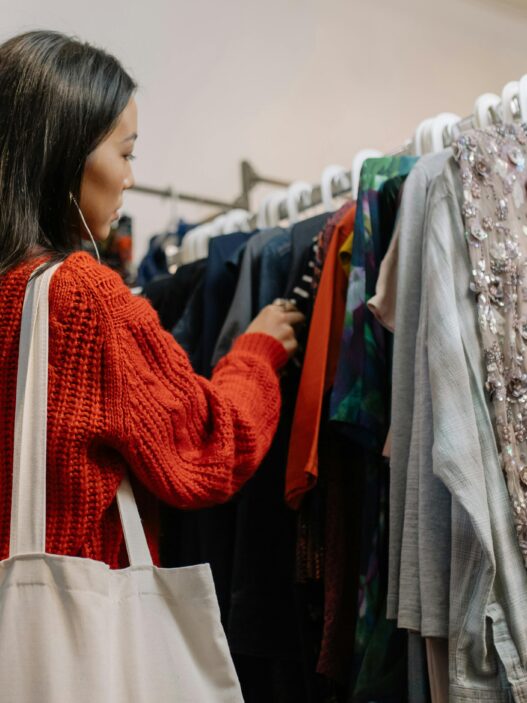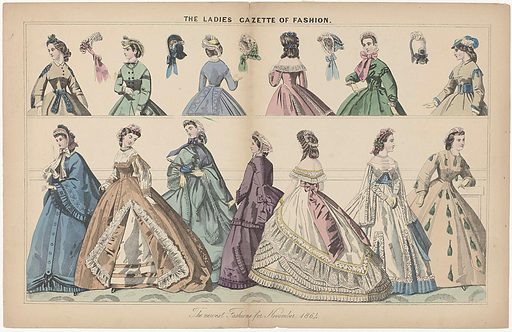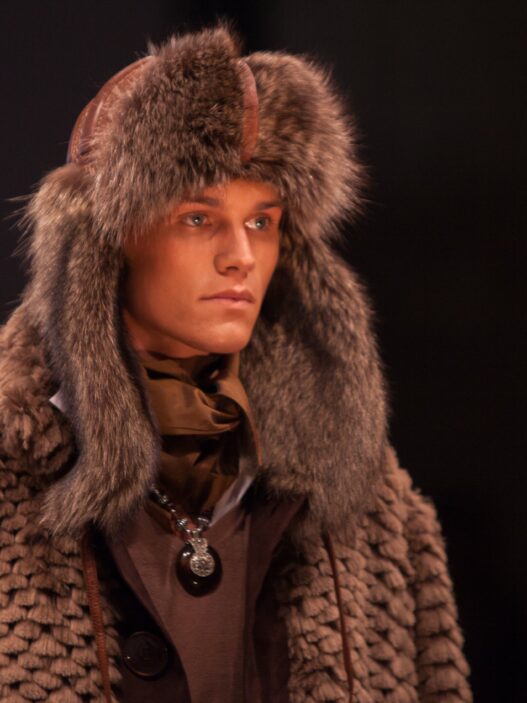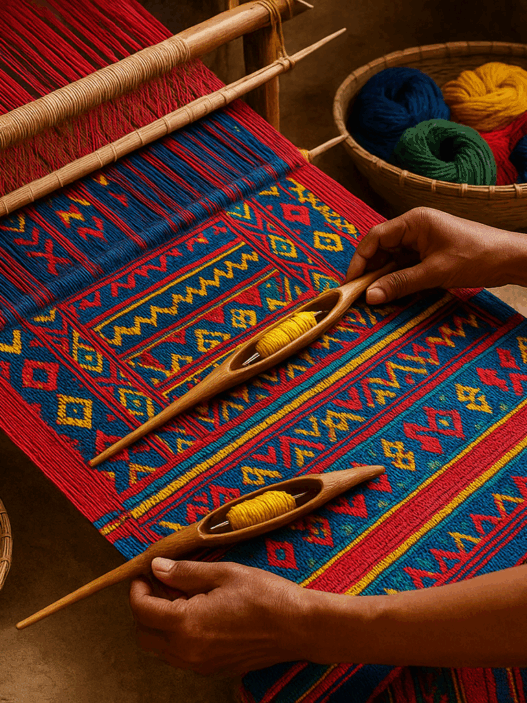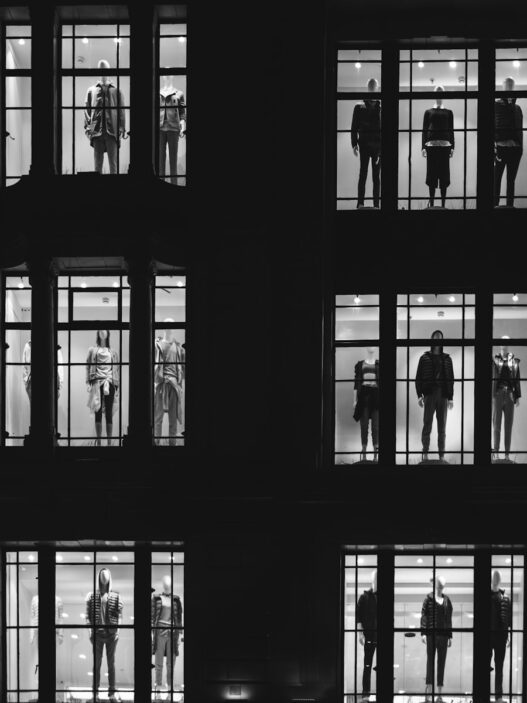Each year, the US Open in New York transcends the boundaries of sport. The matches may determine the champions, but the event has also become a global runway, where fashion houses, athletes, and celebrities converge to make cultural statements. In 2025, this duality feels sharper than ever: the court is no longer just a stage for athletic excellence, but also for branding battles, image rights negotiations, and bold style statements.
From Uniforms to Brand Signatures
Tennis has always carried its own dress code, shaped by decades of crisp whites and strict formality. Today, those traditions collide with the realities of global marketing. Players step onto the court in carefully engineered looks, designed to circulate online as much as they perform under stadium lights. Brands like Nike, Adidas, and Lacoste treat tournament outfits almost like product launches.
Behind the scenes, the legal framework quietly shapes these decisions. USTA rules dictate uniform standards, but sponsors constantly test the boundaries, seeing how far design can stretch before crossing the line. This tug-of-war between regulation and creativity sparks debates about exclusivity, sponsorship rights, and the limits of commercial expression. A player tied to one sponsor cannot wear a competitor’s logo, and litigation in past tournaments has reinforced the contractual rigidity of these deals. Uniforms are no longer “mere clothing”; they are contested spaces where sponsorship agreements, intellectual property, and performance design intersect.
Examples of legal disputes:
- Serena Williams’ Catsuit at the 2018 French Open: Williams was prohibited from wearing her black Nike catsuit, sparking debates over gender, race, and dress codes in professional tennis (Salon).
- Nike vs. StockX (2021): Nike sued StockX for selling unauthorised sneakers bearing Nike branding, illustrating how resale markets intersect with IP enforcement (Business of Fashion).
- USTA vs. Olympus (2010): The USTA sued Olympus for breach of a sponsorship agreement, highlighting the financial and contractual stakes behind tennis branding (ESPN).
Naomi Osaka and the Athlete-Entrepreneur Model
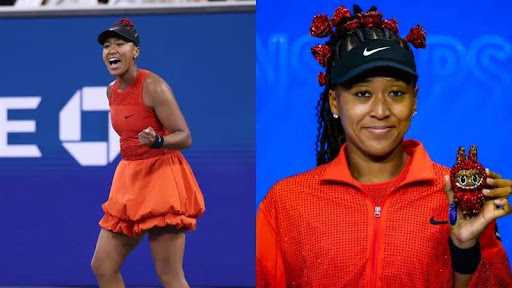
Even though Naomi Osaka was eliminated in the semifinals of the 2025 US Open, her fashion presence proved just as memorable as her on-court performance. Courtside attention centred on her uniquely styled Labubu plush dolls– custom-made, crystal-adorned figurines crafted by Kerin Rose Gold of A-Morir Studio, with playful names like “Billie Jean Bling,” “Althea Glitterson,” and “Arthur Flashe.”
Osaka had originally planned a special Labubu doll in her own likeness to celebrate a potential finals appearance. Her elimination meant that the project never came to fruition (AP News).
While no formal endorsement or partnership existed with Labubu or POP MART, the legal implications remain complex. When athletes carry or co-design items that merge multiple layers of IP—image rights, design rights, accessory branding—questions of licensing, ownership, and commercial use inevitably arise. Even in the absence of a formal deal, courtside styling becomes a negotiation over intellectual property, demonstrating how personal branding and law intersect in the modern game.
Courtside as Cultural Capital
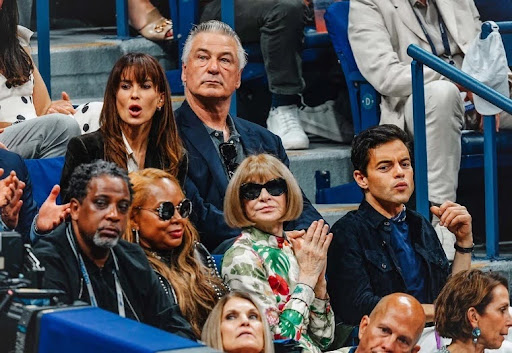
The 2025 US Open demonstrated that the stands are as much a stage as the court. Fashion icon Anna Wintour, known for her signature bob and impeccable style, was spotted courtside alongside actor Rami Malek, adding a touch of glamour. Other notable attendees included director Spike Lee, media mogul Gayle King, and actor Alec Baldwin, all contributing to the star-studded atmosphere of the tournament. (Page Six)
These appearances are far from incidental. For fashion houses, dressing a star in the stands is as strategic as any official sponsorship deal. Cameras pan to the audience as often as the court, turning celebrity outfits into free global advertising. From a legal standpoint, this sits in a murky zone: it is not ambush marketing in the strict sense, since no logos hijack the event, but the effect is similar. Brands leverage visibility without paying official fees, creating millions in exposure in a single frame. In an industry where image is an asset, these “unofficial placements” constantly test the boundaries of endorsement law.
Intellectual Property on the Court
Beneath the glamour lies a quiet legal arms race. Nike, Adidas, and boutique brands increasingly file trademark applications for slogans, logos, and designs tied to tennis stars. Serena Williams, for example, has registered trademarks for her lifestyle and fashion projects, showing how athletes leverage their image as an asset (Cosmetics Business).
Trade dress disputes are common: when sneaker silhouettes or tennis dresses echo other designs too closely, infringement claims arise. Recent legal developments underscore these tensions: in 2025, the Professional Tennis Players Association (PTPA) filed a lawsuit against the four major tennis governing bodies, alleging anti-competitive practices and restrictions on player earnings (Sports Litigation Alert).
These disputes reveal an often-overlooked truth: what we call “tennis style” is also a portfolio of valuable intellectual property, where aesthetics double as assets worth protecting. The US Open thus functions as both a commercial showcase and a legal battleground for brand distinctiveness.
Conclusion: The Future of Fashionable Tennis
The 2025 US Open confirms what insiders have long known: tennis is no longer just a sport, but a testing ground for the convergence of fashion, law, and entertainment. The question now is whether this synergy will continue to elevate the game’s cultural relevance, or whether commercial saturation will risk reducing the sport to a marketing backdrop.
For lawyers, designers, and athletes alike, the stakes are high. Contracts, trademarks, and licensing agreements shape what we see on the court and in the stands. The spectacle of tennis is increasingly one of intellectual property as much as athletic skill. And that, perhaps, is the most revealing match being played.







